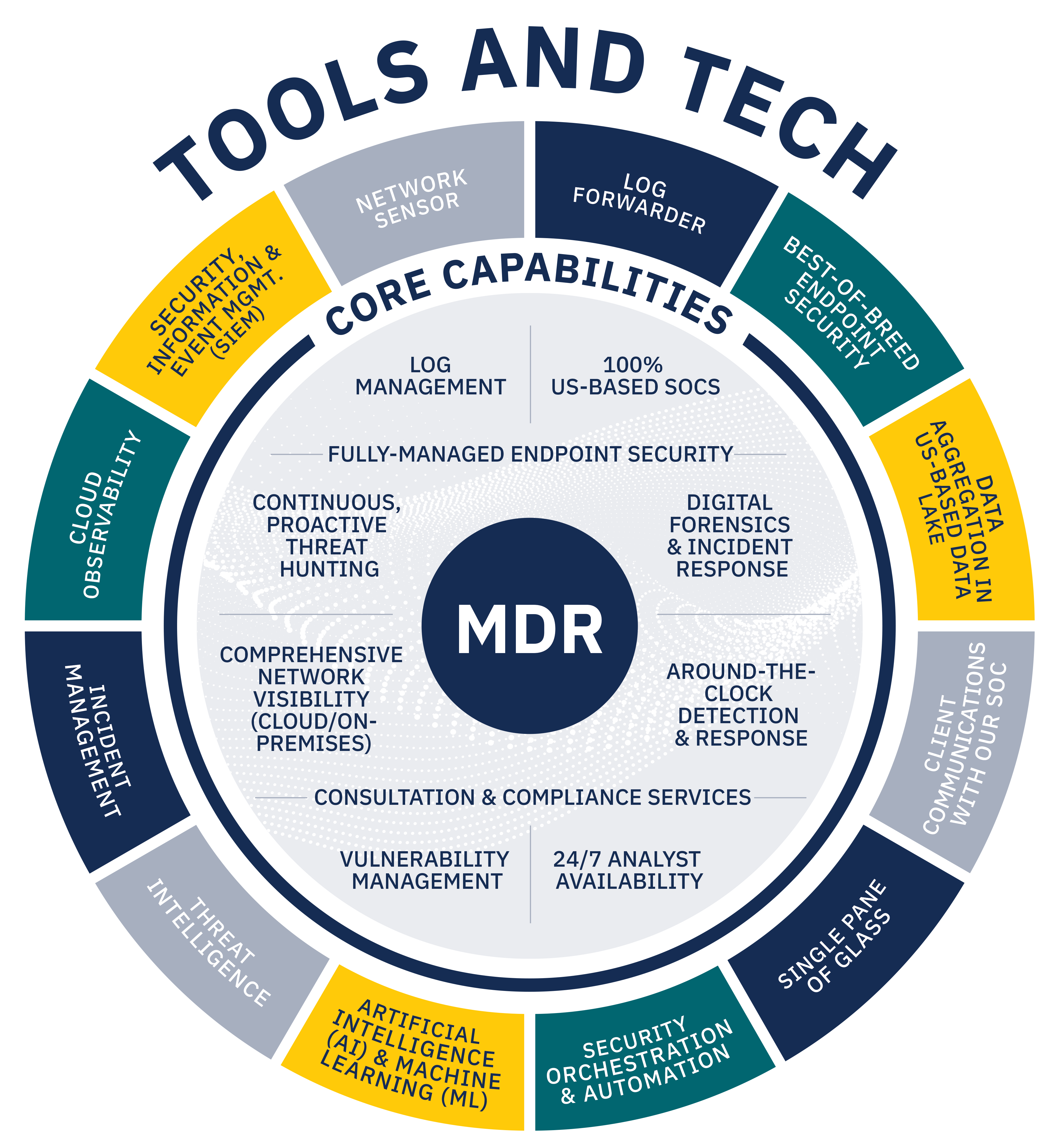Our privacy policy is located here.
In 2022, for the 12th year in a row, the healthcare industry experienced the highest average cost of a data breach at $10.1 million, according to IBM Security’s Cost of a Data Breach Report 2022. That’s an increase of 9.4% over the $9.23 million amount reported in 2021. In healthcare, an operational shutdown is a life or death scenario, making a healthcare organization much more likely to pay the ransom immediately if hit with an attack. An escalation in frequency and severity of cyberattacks, an expanded attack surface, and the complexity of regulatory compliance have contributed to the increase in healthcare data breaches.
To protect their data, many healthcare organizations like yours are turning to managed detection and response (MDR) services, a category of security solutions that offers the technology, process, and expertise needed to defend against the threat of cyberattacks. Cyberattacks and threats have motivated 70% of healthcare organizations to prioritize privacy and cybersecurity, an increase from 40% in 2021, according to a commissioned survey by Xtelligent Healthcare Media.
But not all MDR providers are created equal. Healthcare organizations looking for an MDR provider in the evolving cyber landscape are having to sort through the confusion to find the right MDR provider for their needs.
After reading this guide, you will have a better understanding of available MDR services and how those options may align with your needs. The guide covers:

